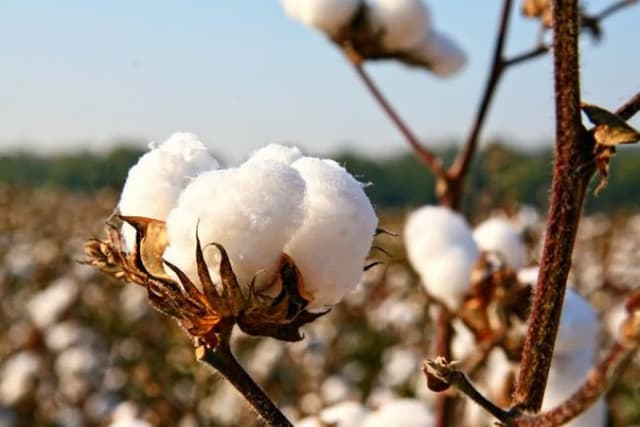
Farming Fibres
Lesson6 of 8 in this unit
PrimaryYear 5 - 6TechnologyDesign and TechnologiesEnvironmentalLand ManagementSustainability
Summary
Lesson guides and printables
Lesson Plan

Student Worksheet

Teacher Content Info


Lesson Plan

Student Worksheet

Teacher Content Info
